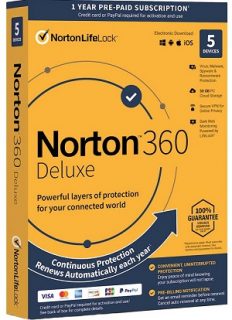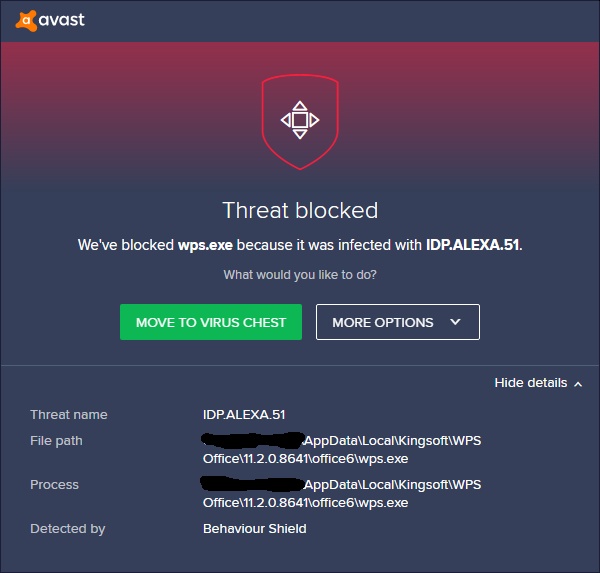
In my experience of malware removal, I'd never have used Clamwin as it has always been slow, and misses things that others find. There's a reason why it's the go-to tool for techies in malware removal. Malwarebytes has demonstrated effectiveness through independent testing - which matches real world experience. The MBAM quick scan also includes looking in all the autorun locations, and the common locations for malware to be stored locally based on what's known about current families of malware. Without defining what an 'object' is exactly, it's clear that the scan was far more comprehensive than just a memory/processes scan. In roughly the same time, a Quick Scan from Malwarebytes did this much on one of my computers: It does however prove the point that Clamwin is slow - it took 2m 21seconds to scan the memory, some processes, and 369 files. You can't make a sweeping claim that Clamwin is more effective than the other tools, without a reasonable argument and some evidence. This test of yours proves nothing in relation to its effectiveness. testing against known or unknown (heuristic) threats. (i am using an OLD Dell computer, running windows xpsp3).Ĭlick to expand.Clamwin has always performed worse in threat detection in independent testing, i.e. i just tapped the F12 key, on my keyboard, as the computer was booting up, and it gave me the option to boot from the USB flash drive. on my computer, i didn't need to adjust any settings, in the bios. either way, you could look at the bios-settings.

you might need to adjust some settings in the bios in order to be able to boot from the USB flash drive. (the article is a little outdated since a new variant of "poweliks" has been found, but the roguekiller program has been updated, to handle the new variant). If you find that you have an issue with a "poweliks" malware-infection, you could try using "roguekiller" to remove it. Some alternatives are avira's rescuecd or microsoft's rescuecd, which is called "windows defender offline". that could be useful if you need to remove some regkeys that are used for starting up malware. Kaspersky's rescuecd includes a registry editor. Note that you have to use kaspersky's tool for setting up the USB flash drive, so read the instructions for doing that. the rescuecd is intended to be run from a USB flash drive.

In my opinion, kaspersky's "rescuecd" should be used instead of the "virus romoval tool".


 0 kommentar(er)
0 kommentar(er)
